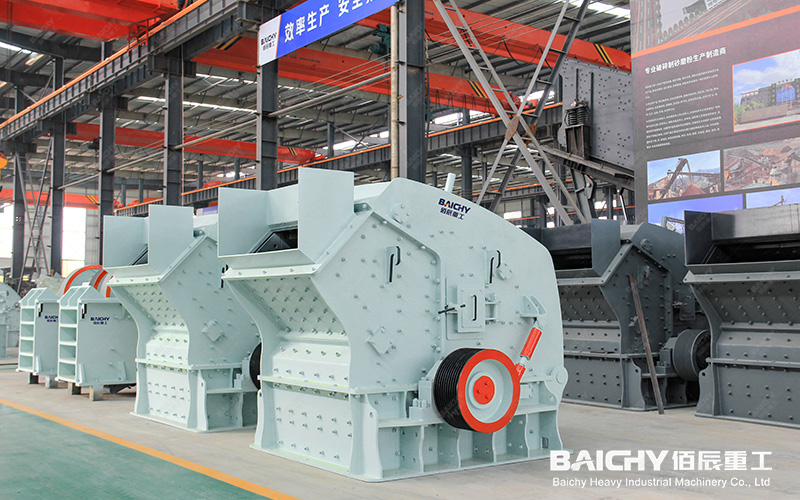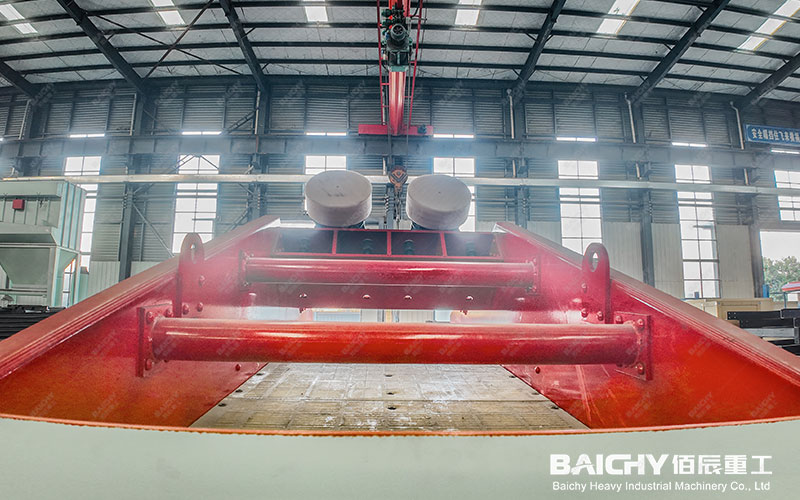In infrastructure construction fields such as buildings, highways, and railways, the quality of sand and gravel aggregates is the cornerstone determining the strength and durability of projects. Unwashed sand and gravel contain mud, impurities, and excessive stone powder, which severely affects the strength and bonding properties of concrete. Therefore, sand and gravel washing equipment has become an indispensable key link in modern aggregate production lines.
It's not just a simple "rinsing," but a comprehensive process integrating hydraulics, mechanical dynamics, and environmental protection technologies. Today, we will take you through a deeper understanding of how efficient sand and gravel washing equipment can create core value for your projects.
I. Why is sand and gravel washing so important?
• Improved Quality: Effectively removes impurities, ensuring that sand and gravel aggregates meet high standards for building materials and guaranteeing concrete strength.
• Equipment Protection: Reduces wear and tear on downstream equipment (such as mixing plants and pumps) caused by impurities, extending their service life.
• Increased Value: Clean sand and gravel are more competitive in the market and can fetch a better price.
• Environmental Compliance: Modern washing equipment is equipped with a wastewater recycling system, achieving zero wastewater discharge and meeting environmental protection requirements.
II. Analysis of Mainstream Sand and Gravel Washing Equipment Types
Based on the characteristics of the materials being washed and production capacity requirements, sand and gravel washing equipment can be mainly pided into the following categories:

1. Bucket Wheel Sand Washer
◦ Features: Simple structure, low failure rate, high washing efficiency, and minimal fine sand loss.
◦ Applications: Suitable for small to medium production volumes and scenarios with high requirements for fine sand recovery; ideal for washing natural and manufactured sand.
2. Spiral Sand Washer
◦ Features: Higher washing efficiency, large processing capacity; can simultaneously wash, dewater, and grade sand and gravel.
◦ Applications: Suitable for washing sand and gravel materials with high mud content and high production capacity; commonly used in large stone quarries.
3. Integrated Sand Washing and Recycling Machine
◦ Features: Integrates sand washing, dewatering, and fine sand recycling, effectively solving the problem of severe fine sand loss in traditional sand washing machines and maximizing resource utilization.
◦ Applications: Suitable for high-quality manufactured sand production lines with stringent requirements for sand gradation and production capacity.
III. How to Choose the Right Sand and Gravel Washing Equipment for You?
When selecting a sand and gravel washing machine, the following points should be considered:
• Material characteristics: Processing capacity, mud content, particle size, and hardness.
• Production requirements: How many tons of material need to be processed per hour?
• Finished product standards: What are the specific requirements for the cleanliness and moisture content of the sand and gravel?
• Site and environment: Is the operating space limited? What are the environmental regulations regarding wastewater discharge?
• Investment budget: Balancing equipment costs with long-term operational benefits.
A high-efficiency, reliable sand and gravel washing machine is a key investment for improving product quality, reducing overall costs, and achieving green production. Choosing a washing solution that perfectly matches your production needs will bring your company a long-term competitive advantage.













